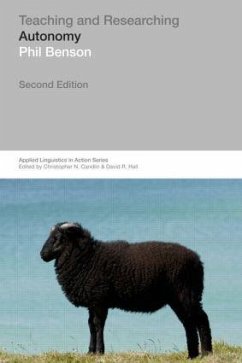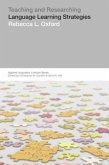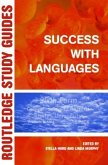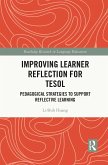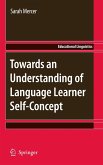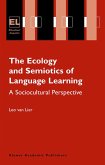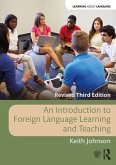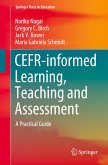Autonomy has become a keyword of language policy in education systems around the world, as the importance of independent learning and new technologies has grown.
Now in a fully revised and updated second edition, Teaching and Researching Autonomy provides an accessible and comprehensive critical account of the theory and practice of autonomy. Examining the history of the concept, it addresses important questions of how we can identify autonomy in language learning behaviours and how we can evaluate the wide variety of educational practices that have been designed to foster autonomy in learning.
Topics new to this edition include:
- Autonomy and new technologies
- Teacher autonomy
- The sociocultural implications of autonomy
With over three hundred new references and five new case studies of research on autonomy providing practical advice on research methods and topics in the field, Teaching and Researching Autonomy will be an essential introduction for teachers and students to a subject at the cutting edge of language teaching and research.
Hinweis: Dieser Artikel kann nur an eine deutsche Lieferadresse ausgeliefert werden.
Now in a fully revised and updated second edition, Teaching and Researching Autonomy provides an accessible and comprehensive critical account of the theory and practice of autonomy. Examining the history of the concept, it addresses important questions of how we can identify autonomy in language learning behaviours and how we can evaluate the wide variety of educational practices that have been designed to foster autonomy in learning.
Topics new to this edition include:
- Autonomy and new technologies
- Teacher autonomy
- The sociocultural implications of autonomy
With over three hundred new references and five new case studies of research on autonomy providing practical advice on research methods and topics in the field, Teaching and Researching Autonomy will be an essential introduction for teachers and students to a subject at the cutting edge of language teaching and research.
Hinweis: Dieser Artikel kann nur an eine deutsche Lieferadresse ausgeliefert werden.

